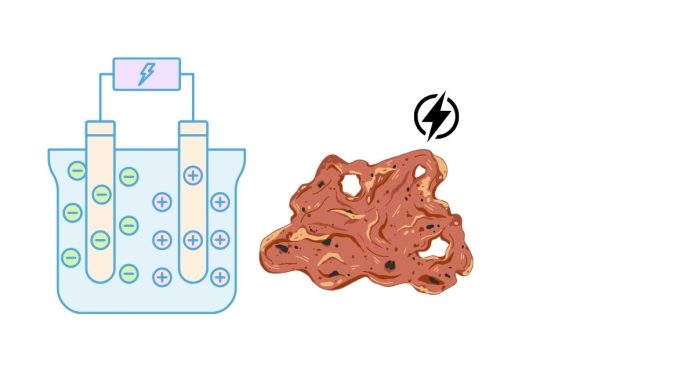The charge of copper in a compound depends on its oxidation state, as copper can exist in multiple oxidation states. The two most common oxidation states for copper are +1 and +2.
1. Copper(I) or Cu⁺
In this oxidation state, copper has a +1 charge.
This occurs when copper loses one electron.
Example:
CuCl (Copper(I) chloride): Copper is in the +1 oxidation state.
2. Copper(II) or Cu²⁺
In this oxidation state, copper has a +2 charge.
This occurs when copper loses two electrons.
Example:
CuO (Copper(II) oxide): Copper is in the +2 oxidation state.
Why copper has multiple charges:
Copper is a transition metal, meaning it has a partially filled d-orbital. This allows copper to lose electrons from both its 4s and 3d orbitals, resulting in multiple oxidation states.
Summary:
If you see Cu⁺, copper has a +1 charge.
If you see Cu²⁺, copper has a +2 charge.


